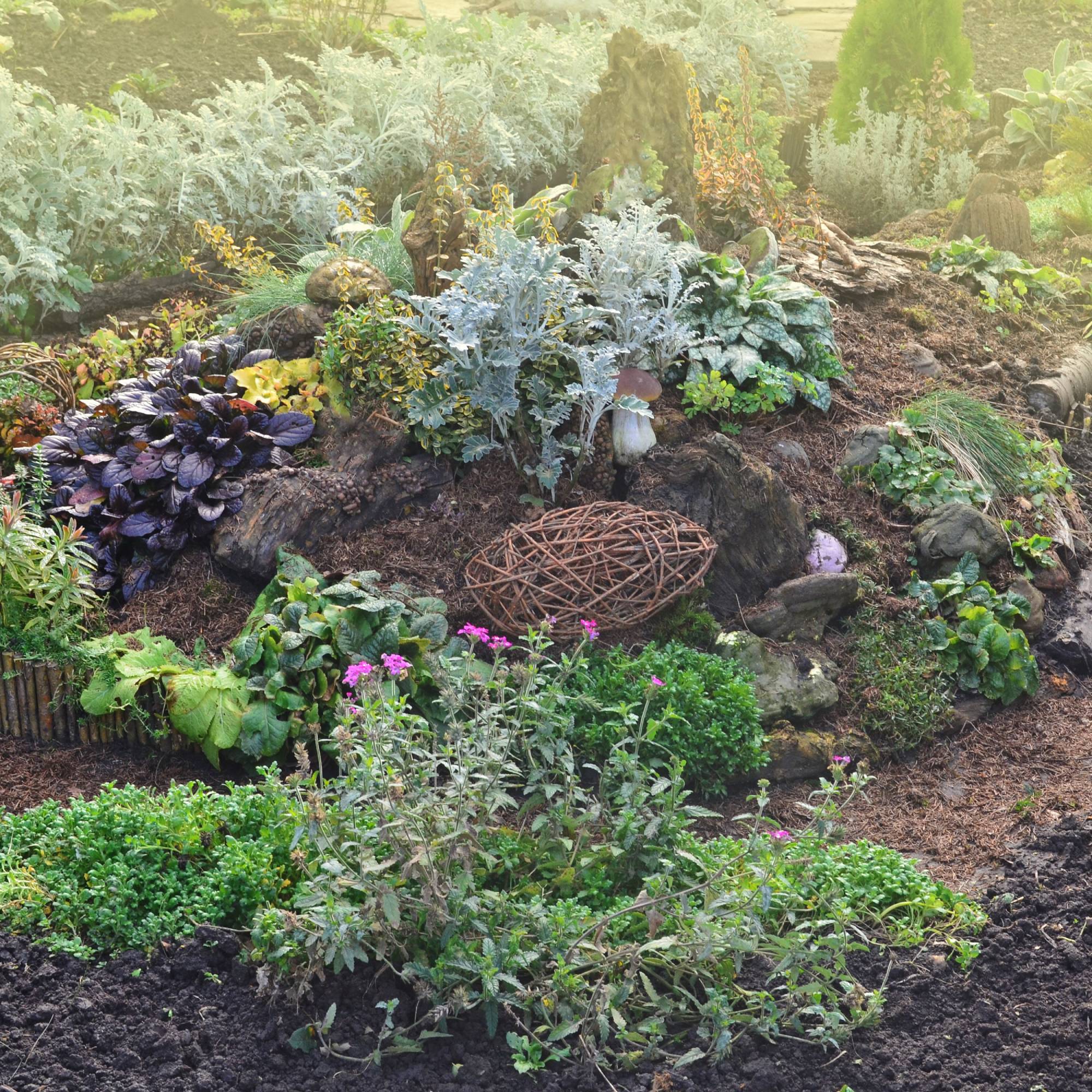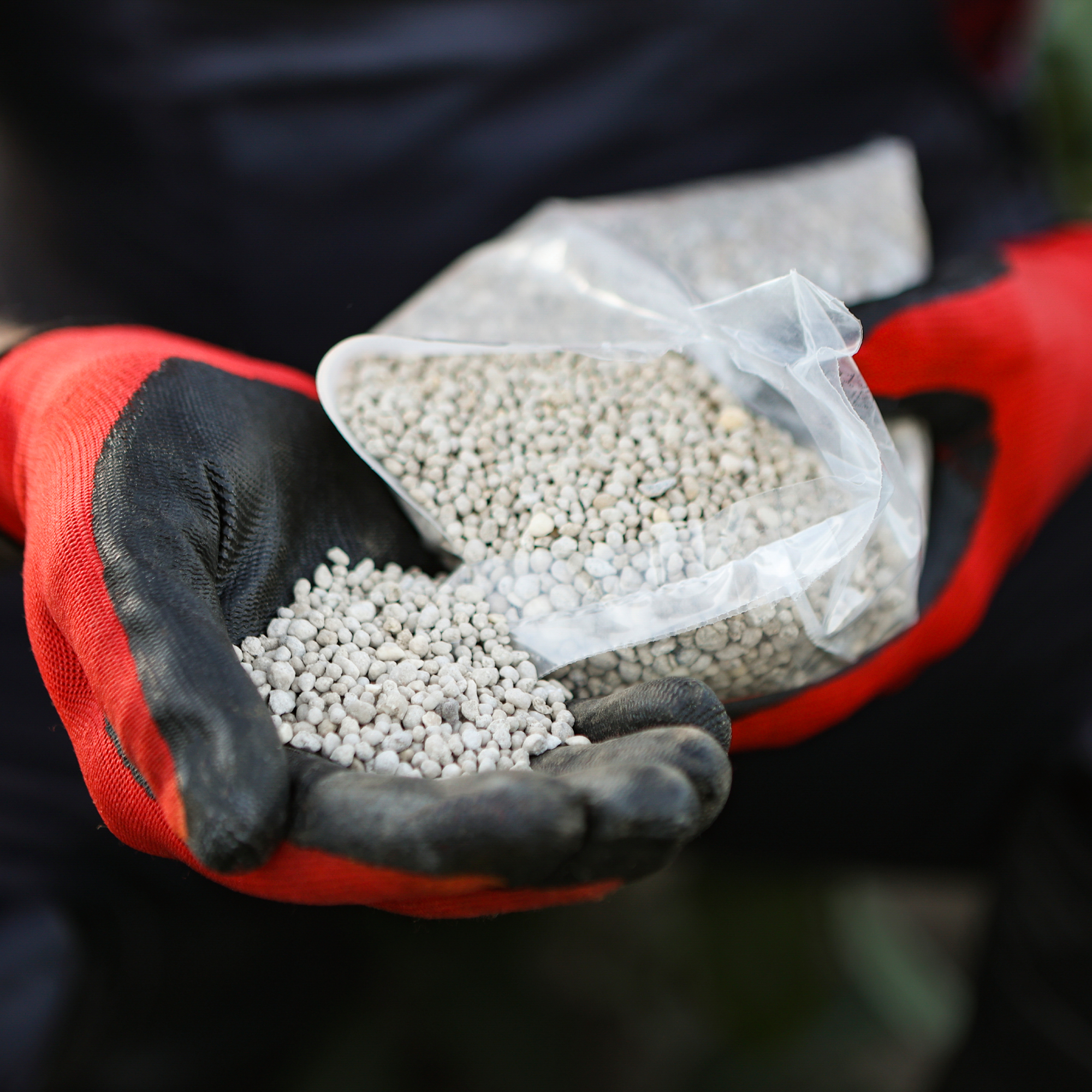Soil, Fixes & Fertilizers
Knowing how soil affects plant growth is important to growing a successful garden. Healthy soil means healthy plants. That said, it helps to learn about the different types of soil textures and how each can affect the garden. In addition, knowing about the various types of fertilizers for soil enhancement can help you learn how to improve soil health for growing healthy, happy plants. In the pages that follow, you will find numerous types of fertilizers to improve soil health and everything you need to know about the different types of soil.
-
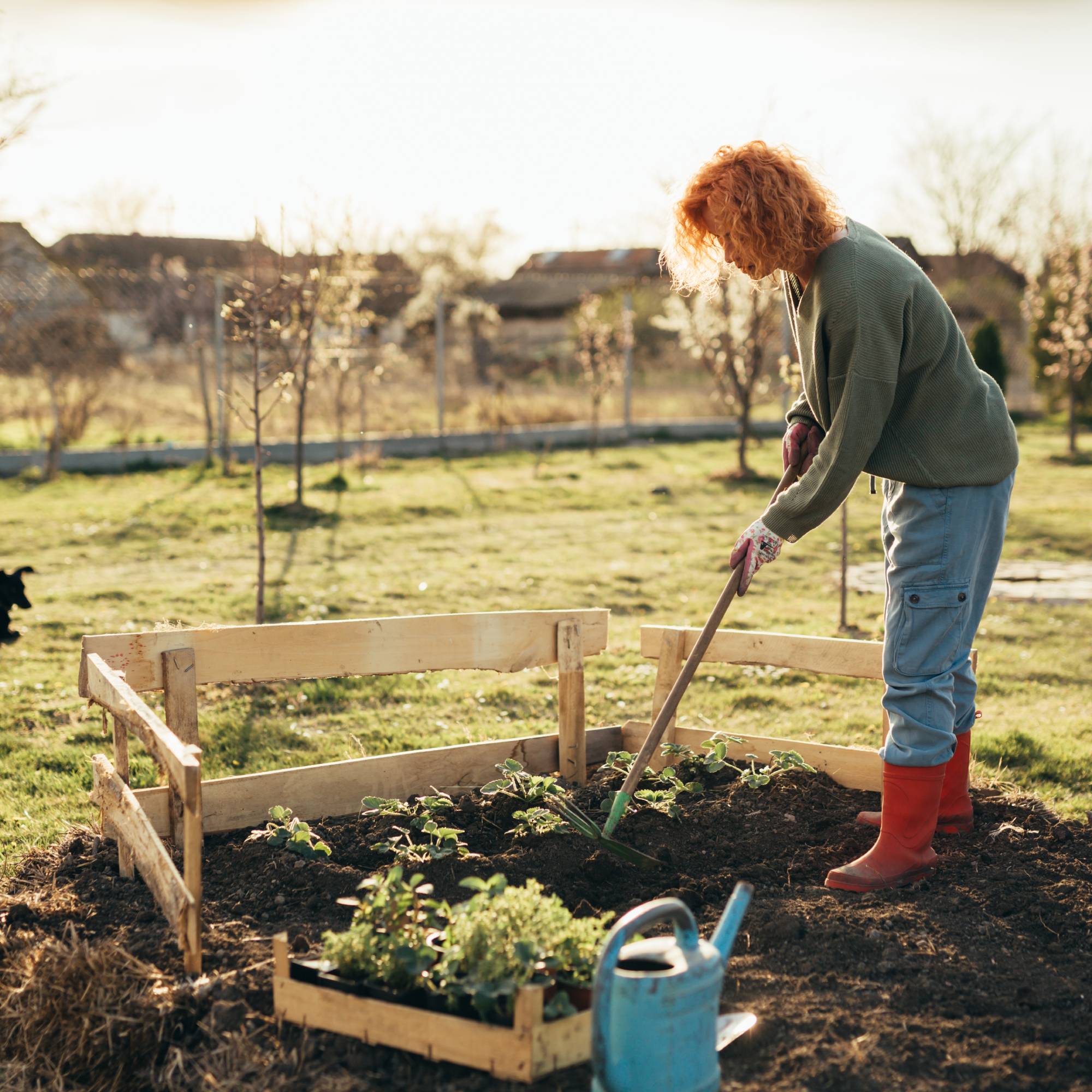
3 Fall Soil Tasks You Need to Do Now for Perfect Planting in Spring
A bit of work in fall gets your soil ready for next year! Preparing now reduces hassles and lets you grow strong veggies or flowers with less effort.
By Tyler Schuster
-
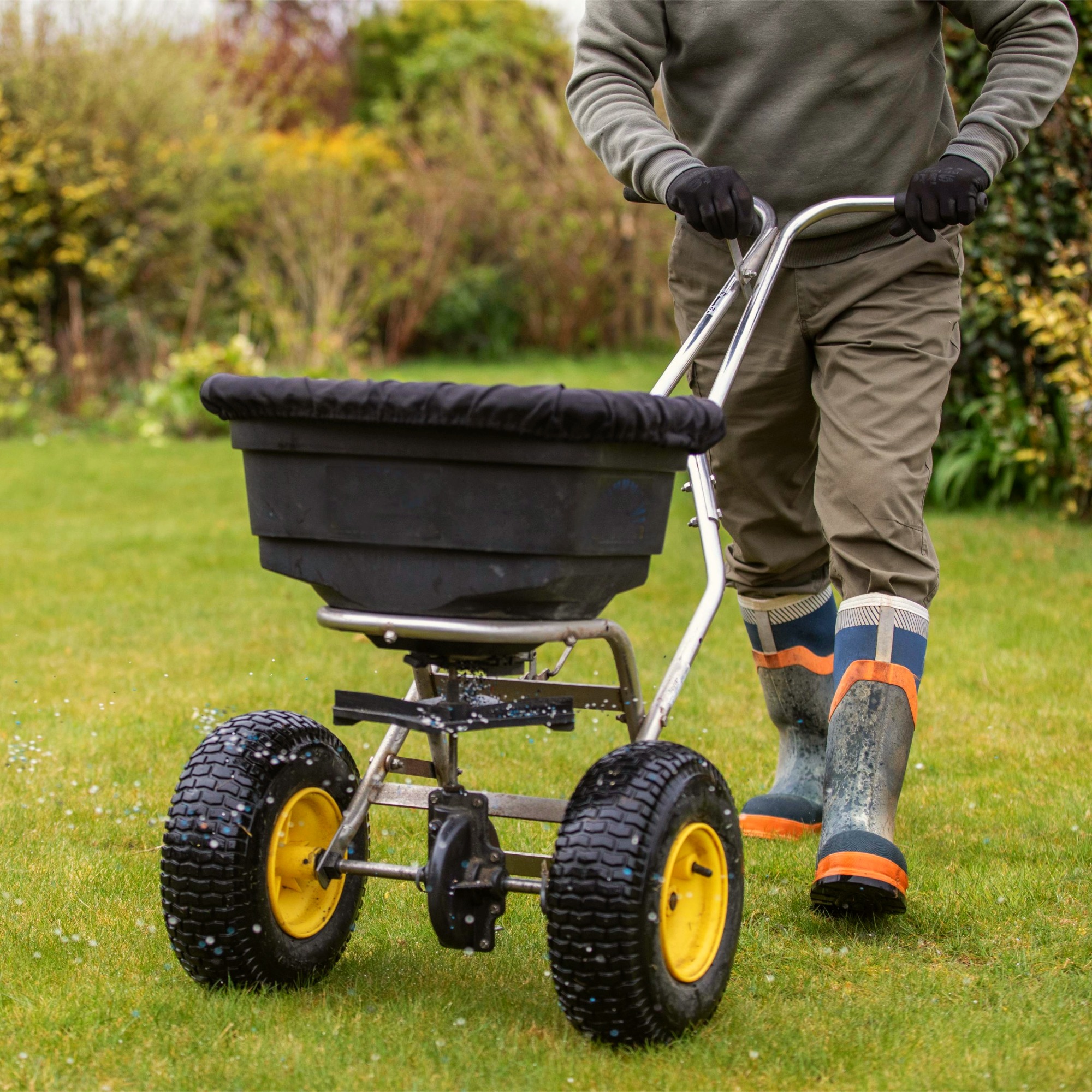
I Asked 5 Horticulturists Which Fertilizers Are Best For Fall and Here's What These Experts Use
The needs of plants changes with the seasons, so it’s important to learn which fertilizer is best for fall into winter to give your plants the best chance.
By Ciéra Cree
-
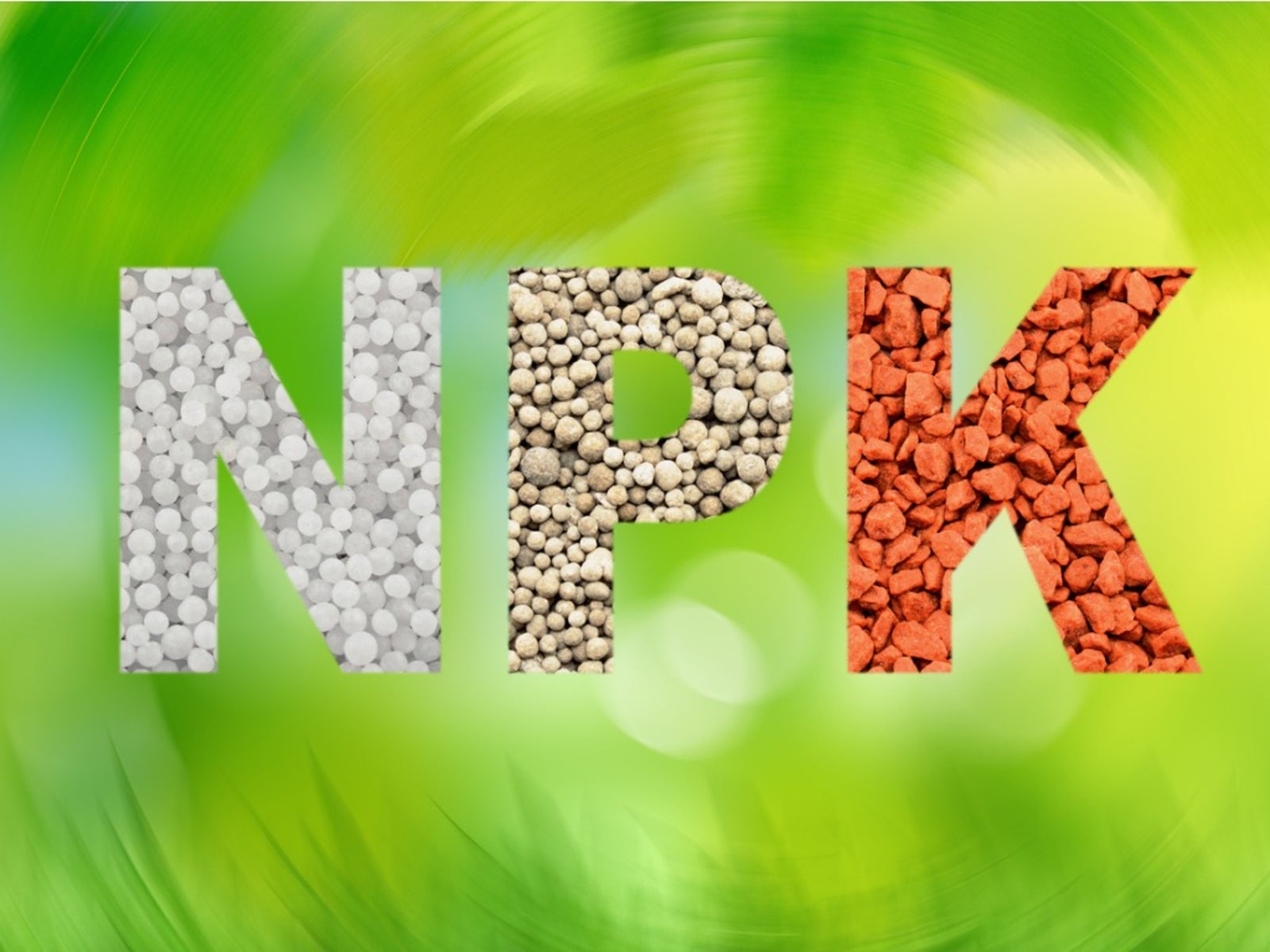
NPK Demystified – Here's What the Numbers on Your Fertilizer Really Mean
NPK refers to the three macronutrients all plants need: nitrogen, phosphorus, and potassium. Learn all about NPK in fertilizer here.
By Tyler Schuster
-
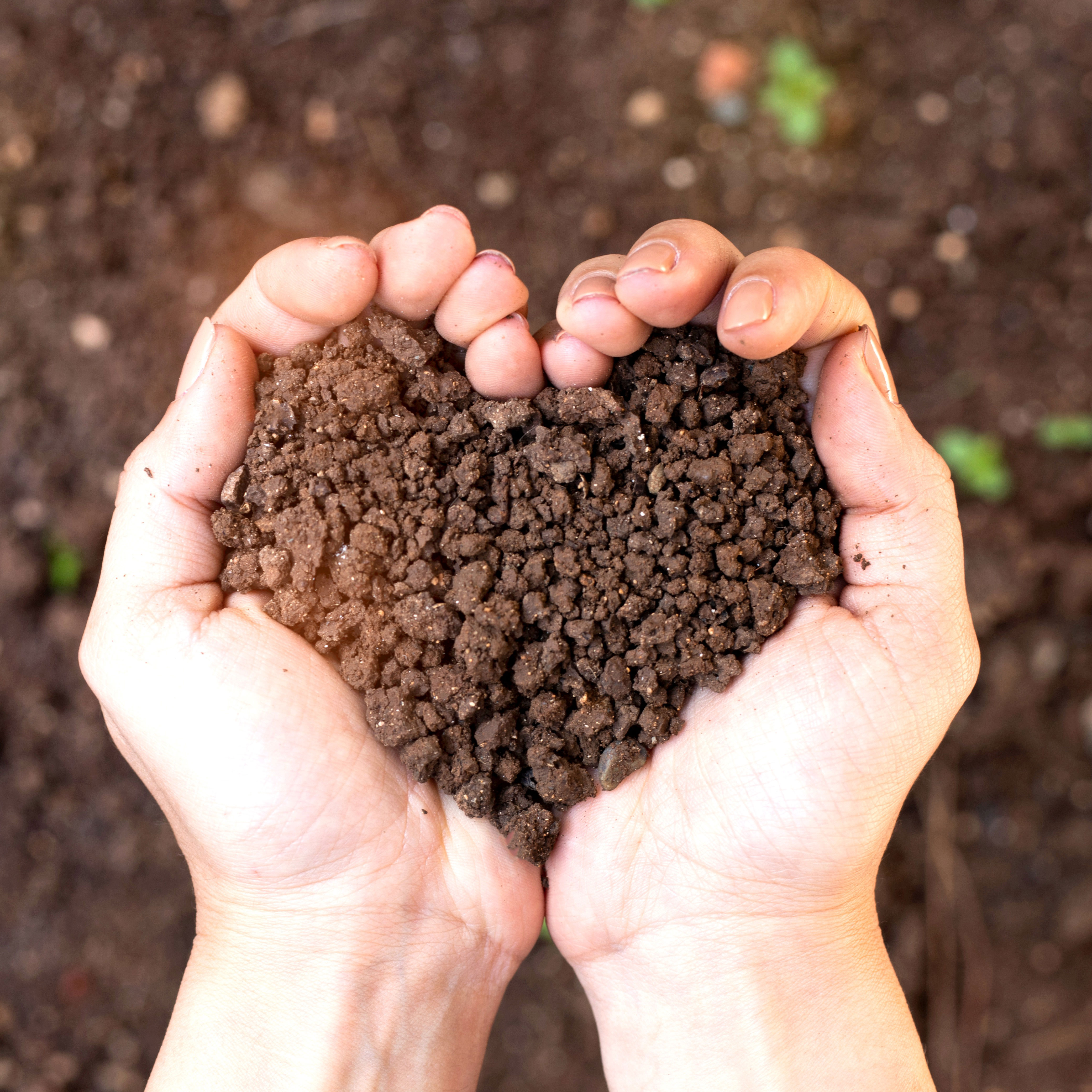
Supercharge Your Soil: 6 Ways to Amend Soil in the Fall for the Ultimate Spring Garden
Autumn is a great time to assess soil health, top up any nutrients lost, give it a helping hand and get it ready for another busy gardening year. Here's how to amend soil in fall
By Janey Goulding
-
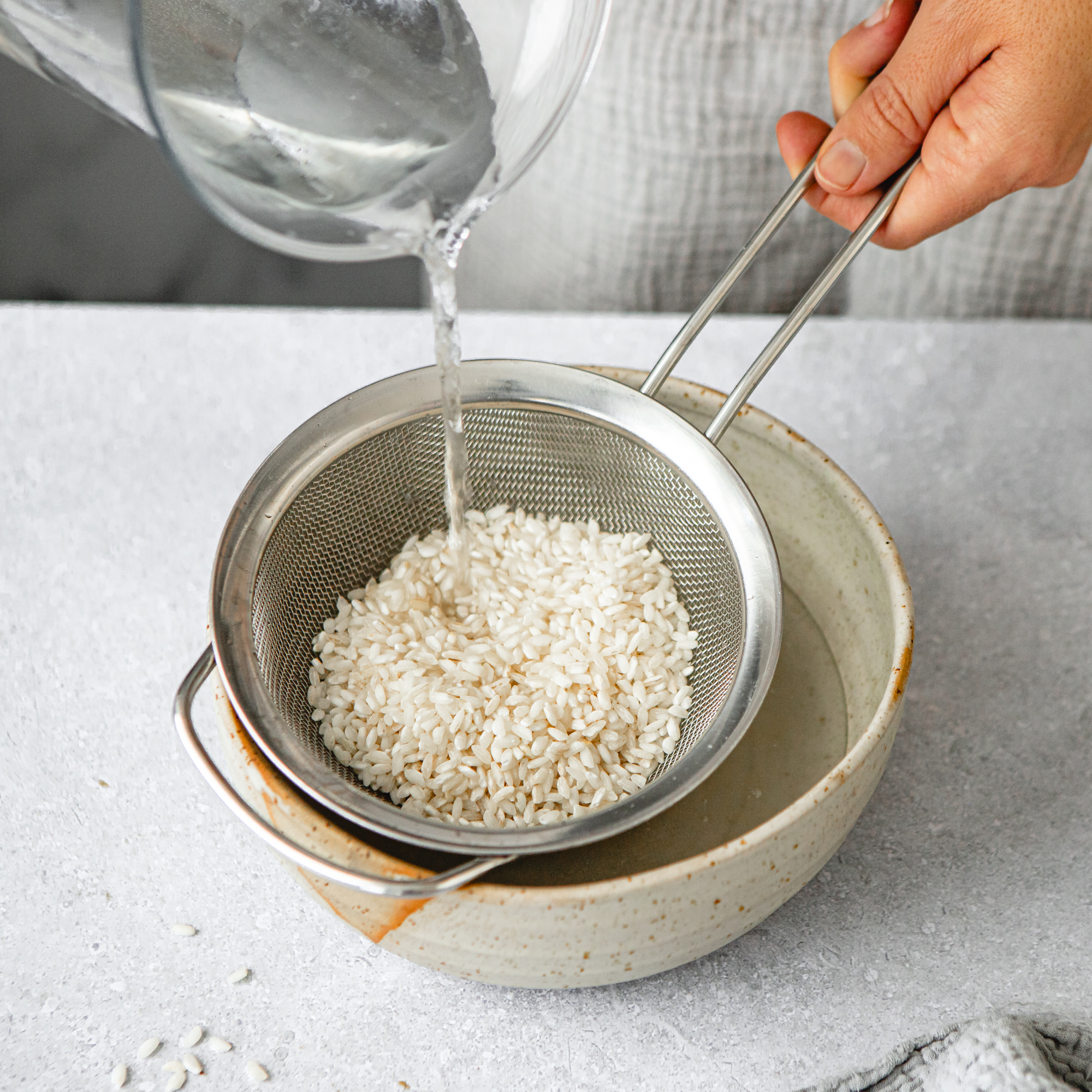
Is Rice Water the Secret to Stronger Plants? Expert Digs Into Different Cooking Waters & Reveals Which Is Best for a Boost of Nutrients
You could be tossing the key to healthier plants down the drain. Find out how to use rice water and other cooking waters to give your plants a boost.
By Tyler Schuster
-
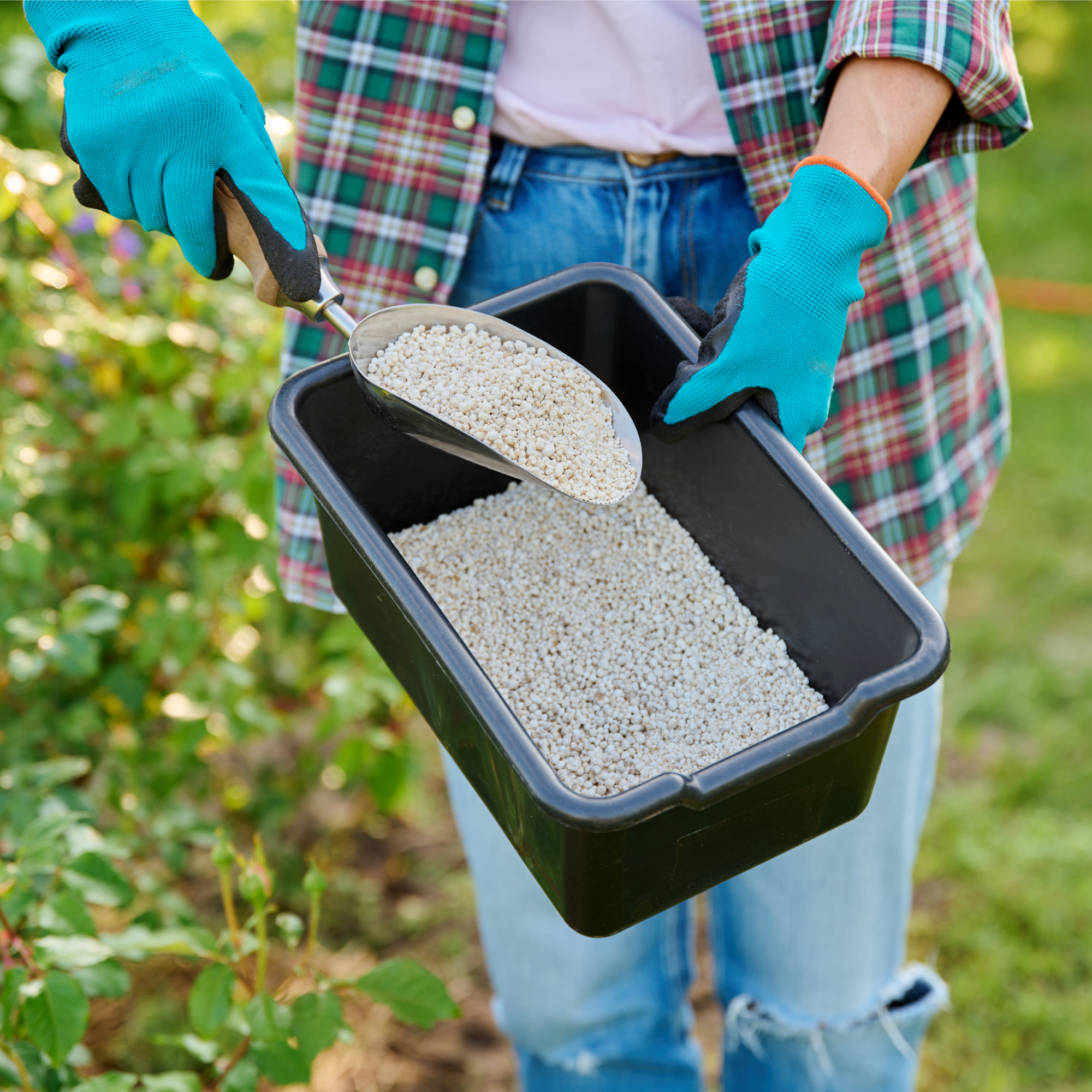
3 Types of Plants You Need to Fertilize This Fall for Strong, Healthy Growth Next Year
If you do nothing else in your garden this fall, make sure you fertilize these three types of plants. Learn which ones need a boost and what to feed them.
By Laura Walters
-
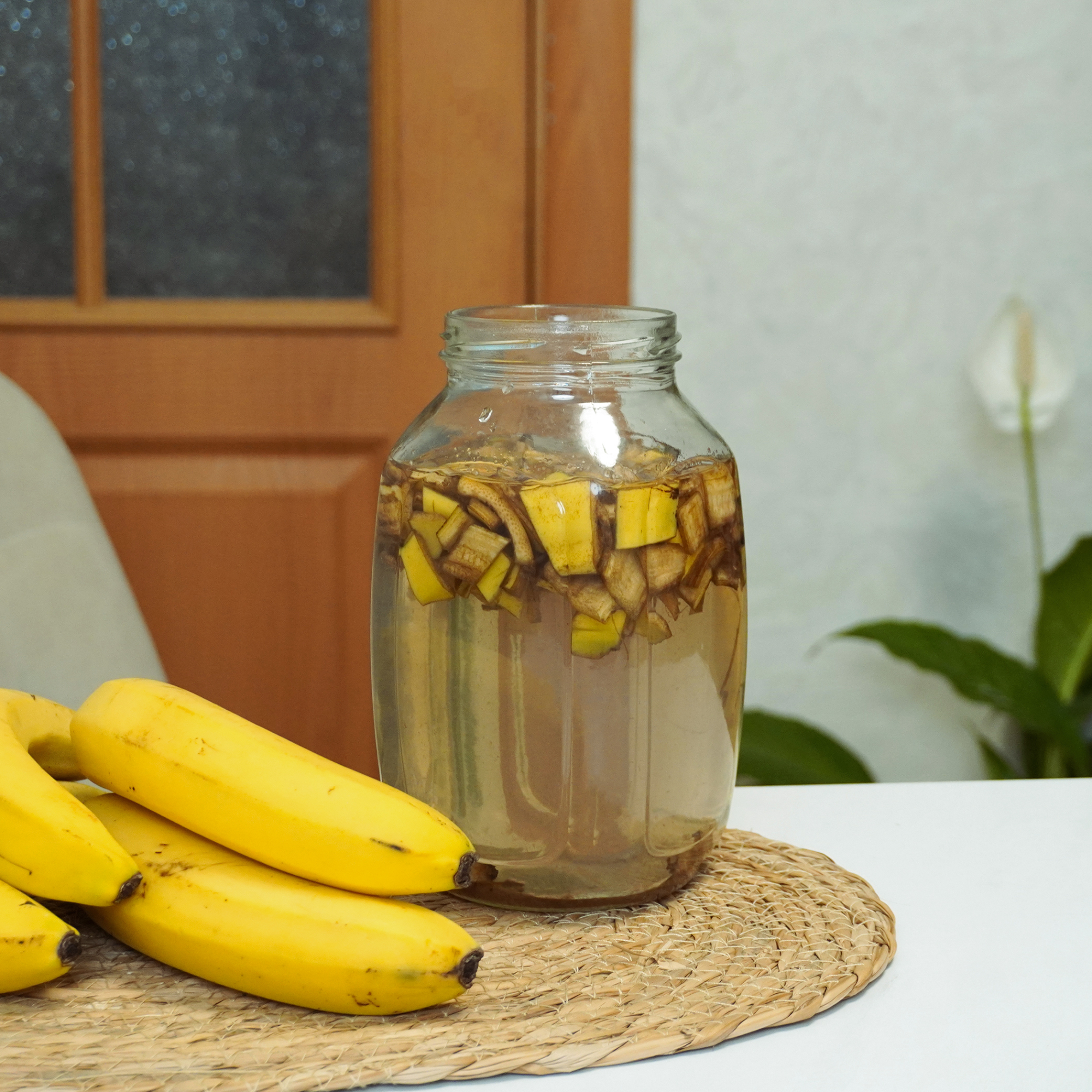
Should You Use Banana Peel Water for Plants? We Looked into the Science Behind This Viral Internet Hack
We explore if using banana peel water for plants is a good hack, or not all it's cracked up to be. Follow the science to avoid ruining your plants.
By Kathleen Walters
-
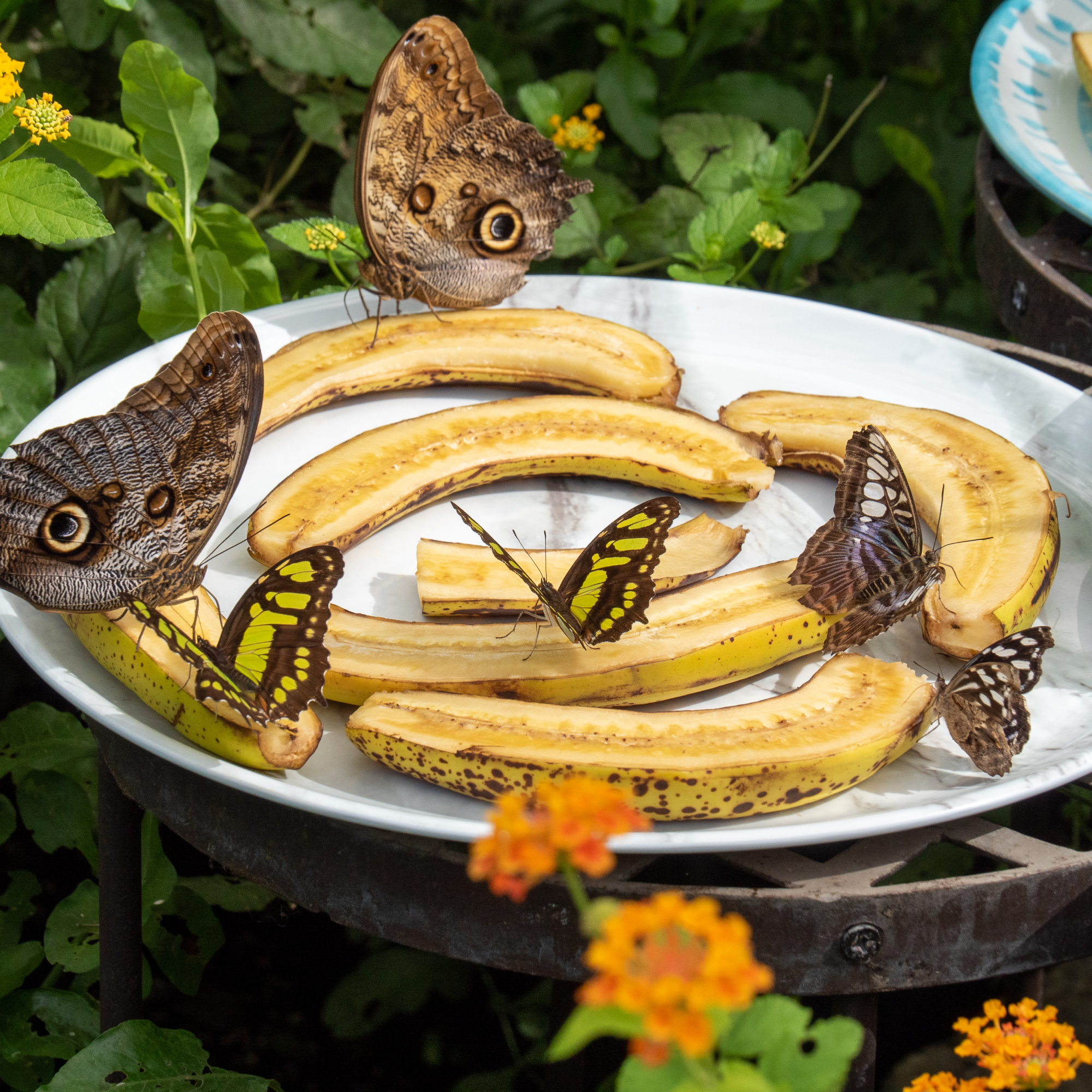
Don’t Throw Away Those Brown Bananas! Here Are 3 Brilliant Ways To Use Them In Your Garden
Forget banana bread! Give those brown bananas a second life in your garden. Our experts share 3 of their favorite ways to use bananas in the garden.
By Laura Walters
-

Fertilizing Seedlings The Right Way: An Expert Guide For Healthy Plants
Not sure when to start fertilizing seedlings – or how much product to use? Learn how to feed young plants without burning them, plus common mistakes to avoid.
By Bonnie L. Grant
-
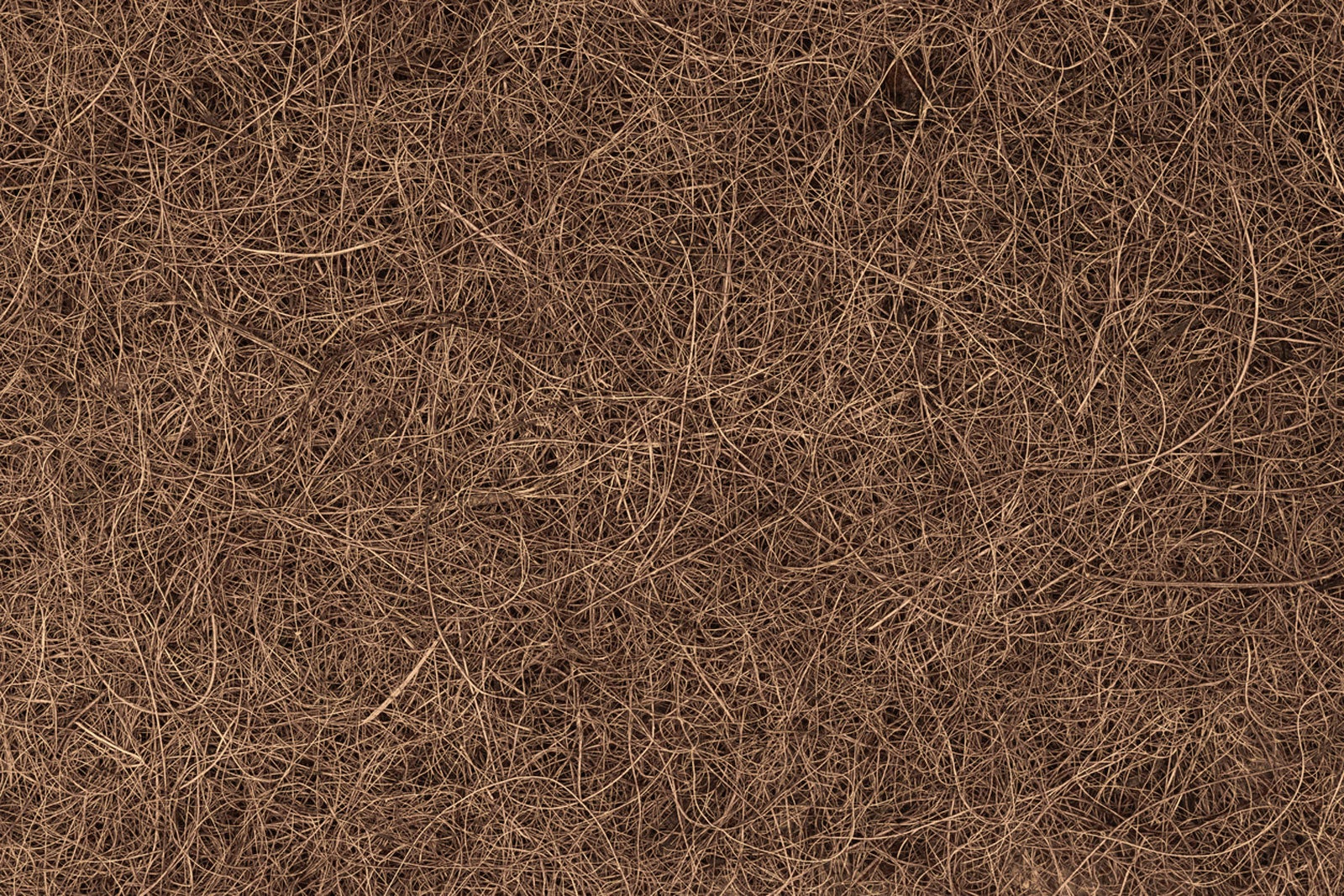
Coco Coir: What It Is And How To Use It As A Growing Medium
There's a lot to know about using coco coir and coco peat for plants. It's all great stuff, but has pros and cons.
By Bonnie L. Grant
-
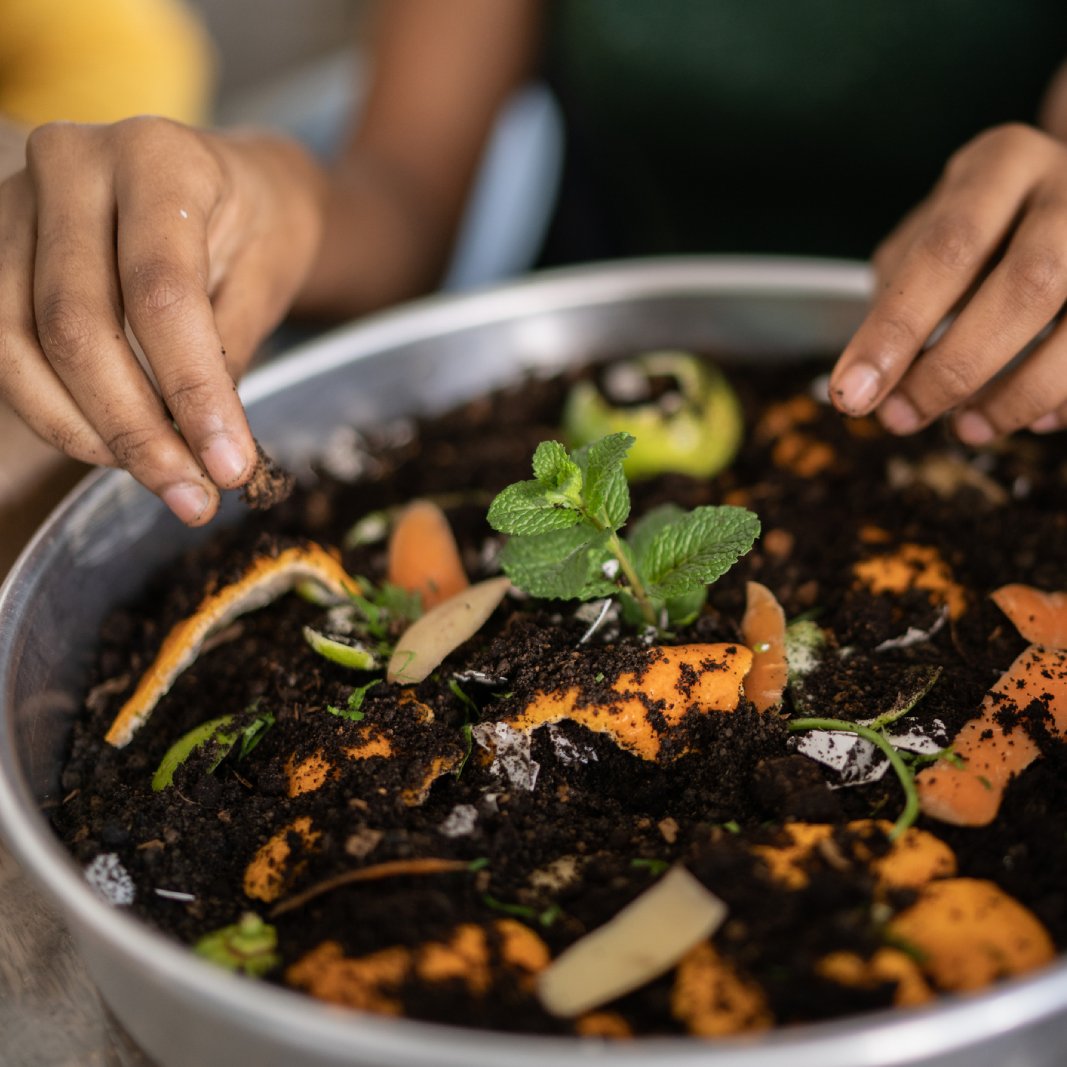
Peat Moss Alternatives: What To Use Instead Of Peat Moss
Peat is unsustainable. Fortunately, there are several suitable alternatives to peat moss. Read on to learn more about peat moss substitutes.
By Mary H. Dyer
-
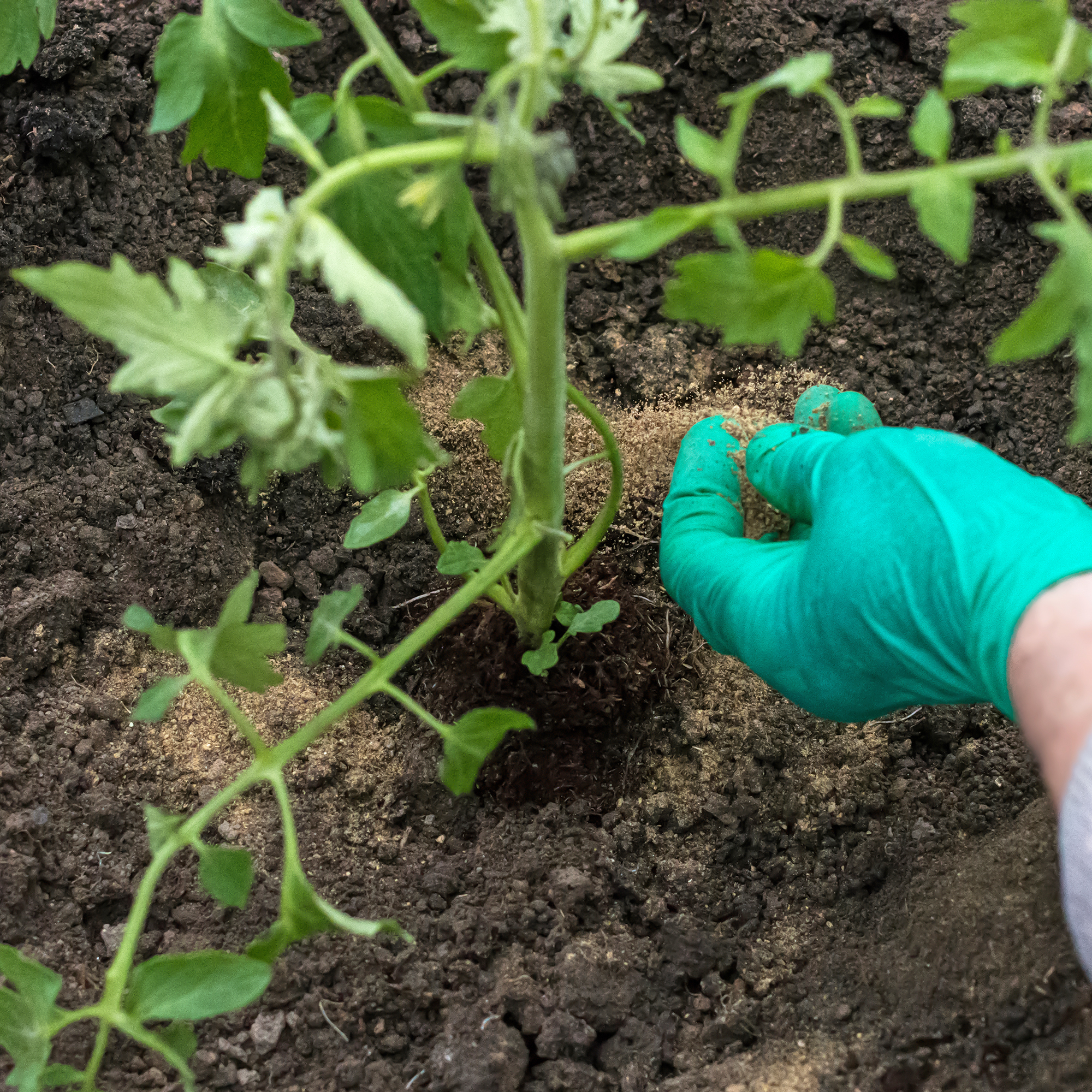
Bone Meal: Everything To Know About The Organic Fertilizer
Should you use bone meal fertilizer in the garden? A soil test may help you decide, but bone meal is not a complete food.
By Bonnie L. Grant
-
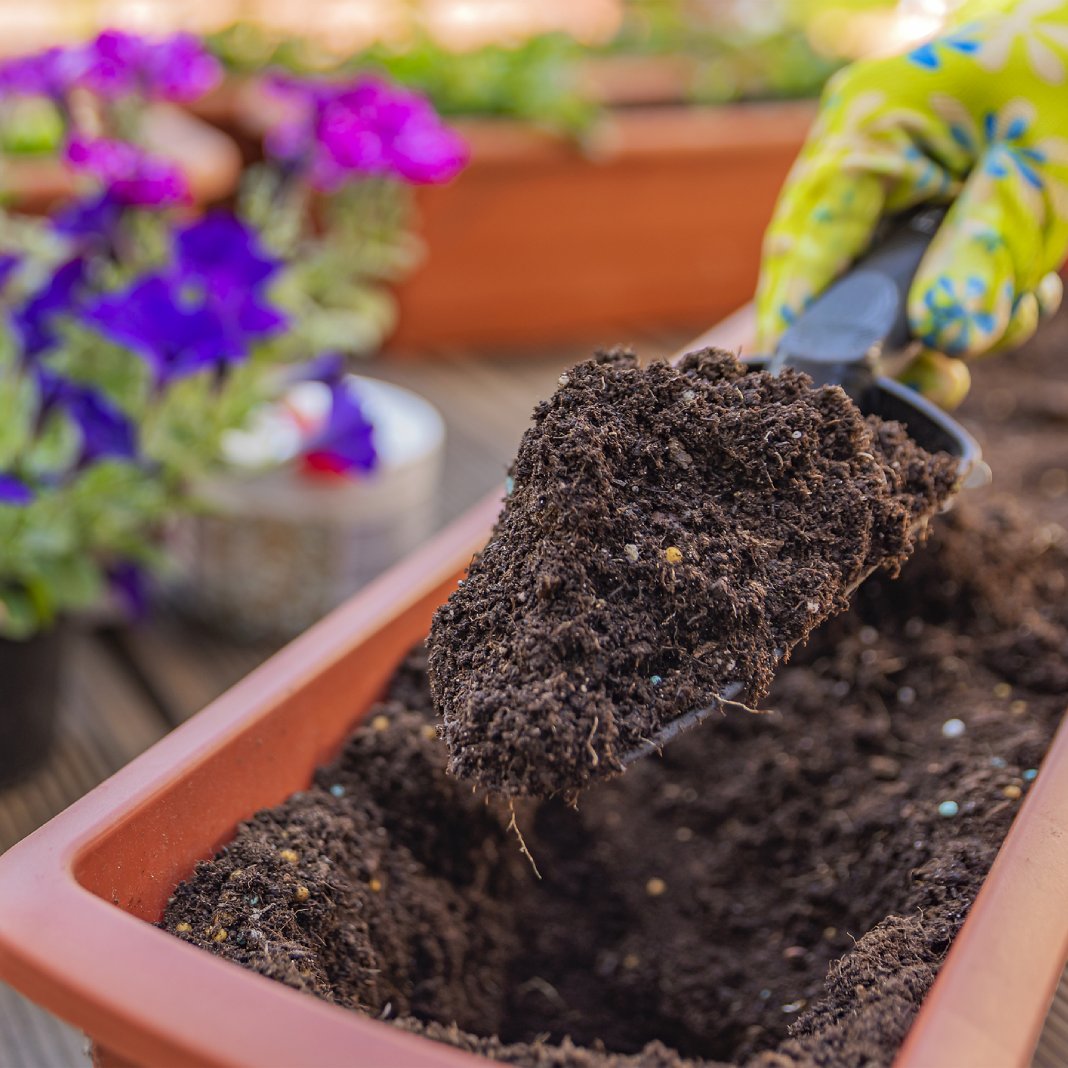
Why So Many Gardeners Are Switching To Peat-Free Compost – And Why You Should, Too
There are plenty of alternatives to peat moss, like peat-free compost and coconut coir. Learn why peat moss has lost favor among gardeners, and make the change!
By Amy Grant
-
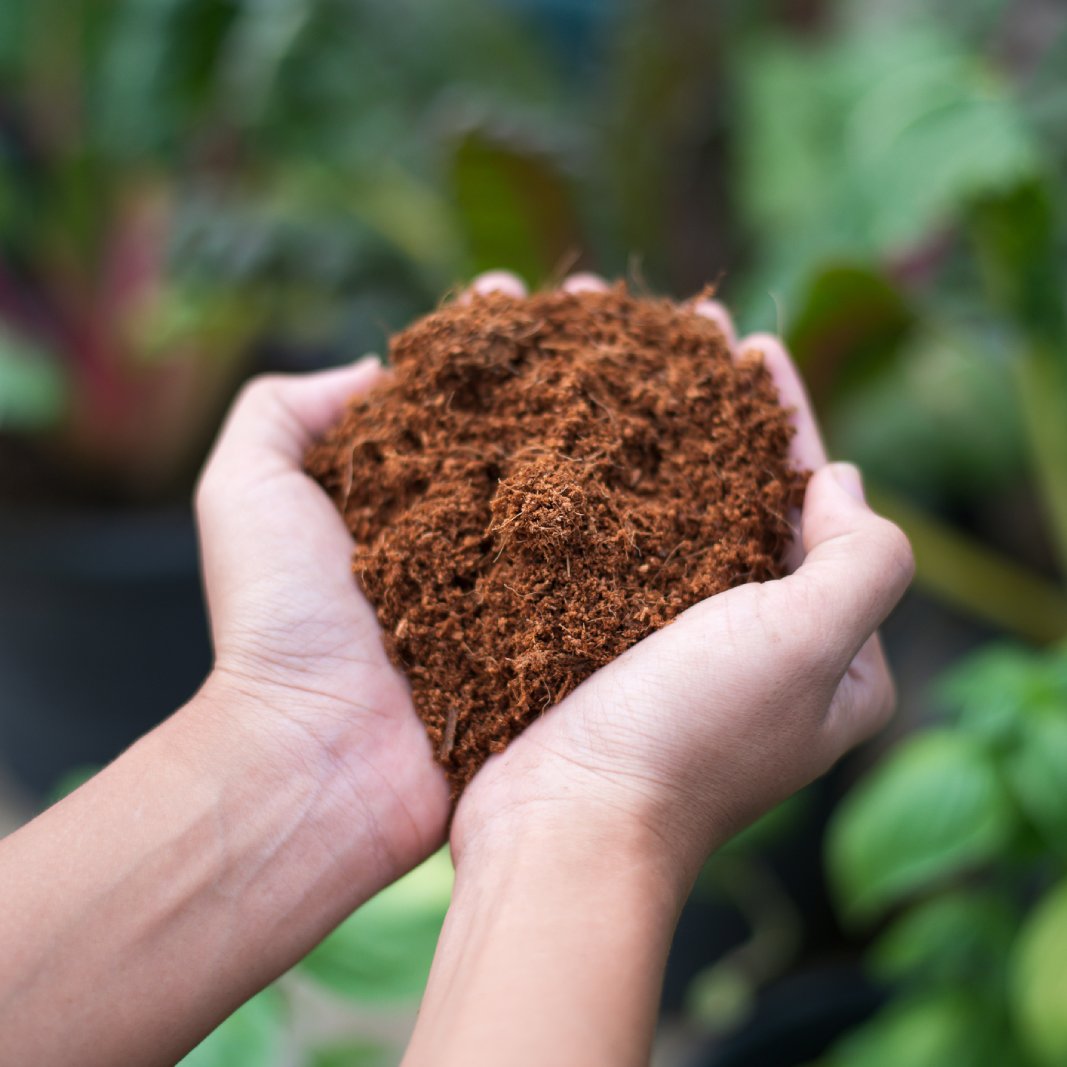
Peat Moss Vs. Coco Coir: Pros And Cons To Consider
Much more sustainable than peat moss, coco coir does just as well at amending soil without creating an ecological impact.
By Teo Spengler
-
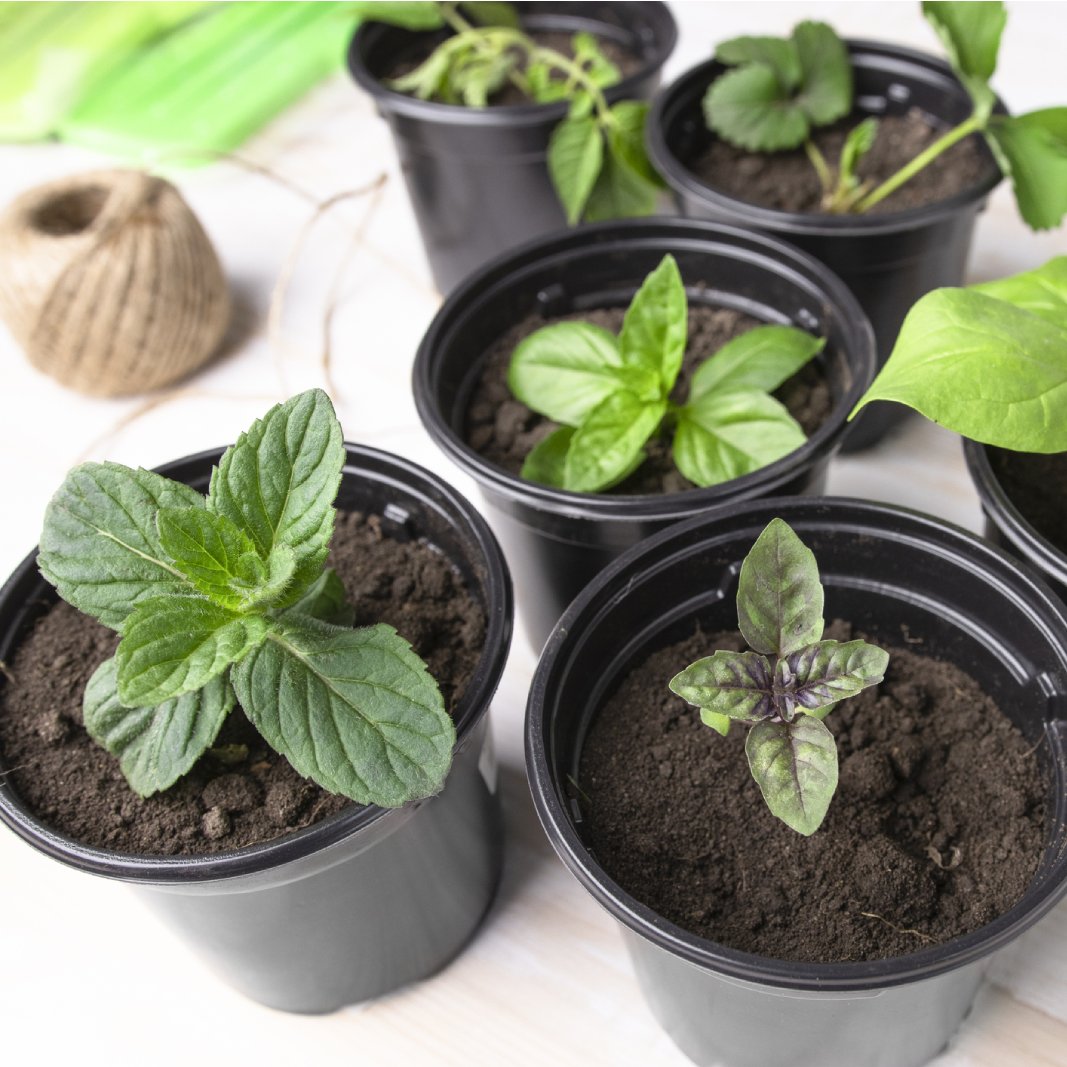
What Vegetables Do Not Like Peat Moss – What To Use Instead
Peat moss isn’t suitable for every garden, so it’s good to know what vegetables do not like peat moss and whether peat moss is good for vegetable gardens.
By Amy Grant
-
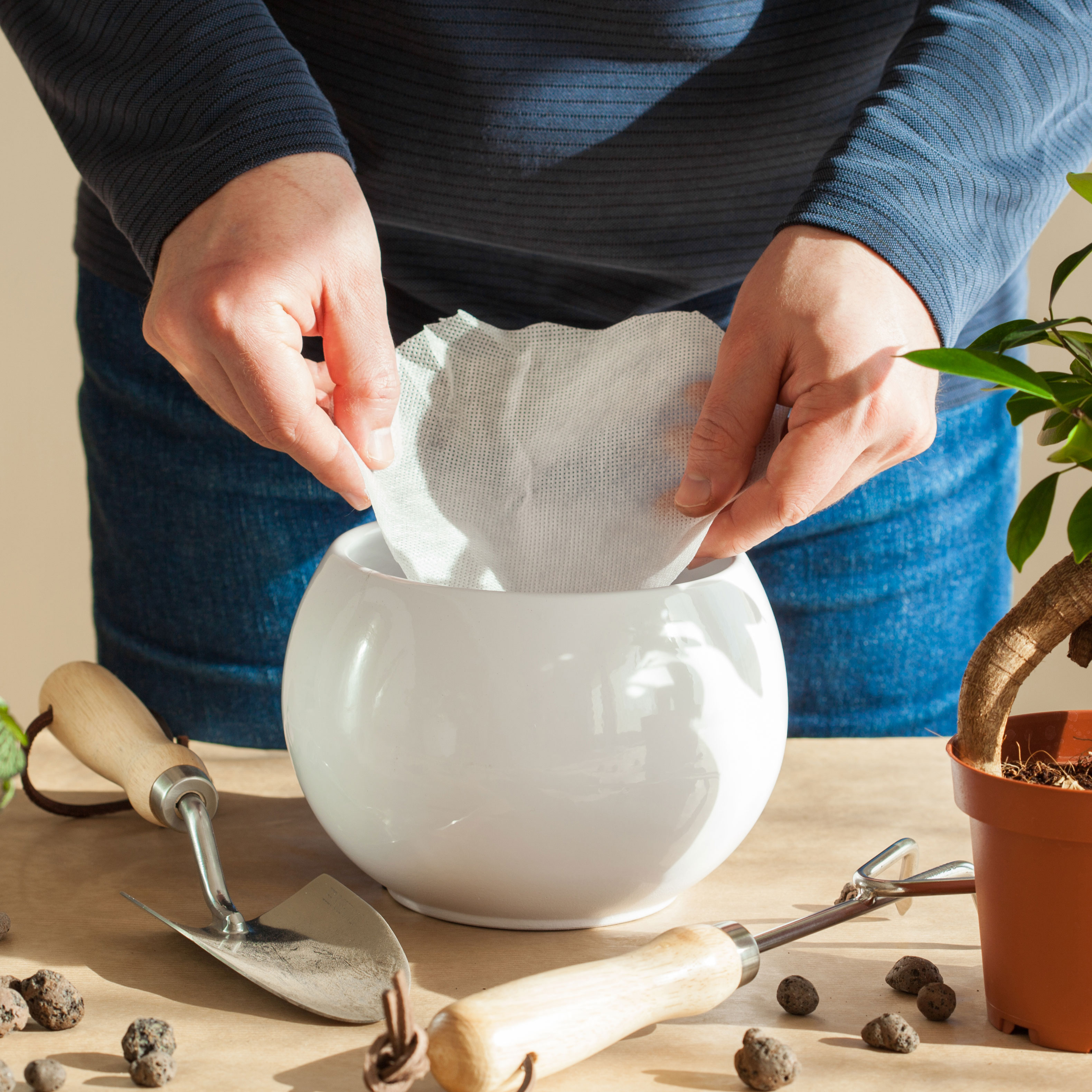
Why You Should Put A Coffee Filter In The Bottom Of Your Plant Pot
If you’ve ever wondered why you should put a coffee filter in the bottom of your plant pot, here’s your chance to find out how it can be of greater service
By Bonnie L. Grant
-
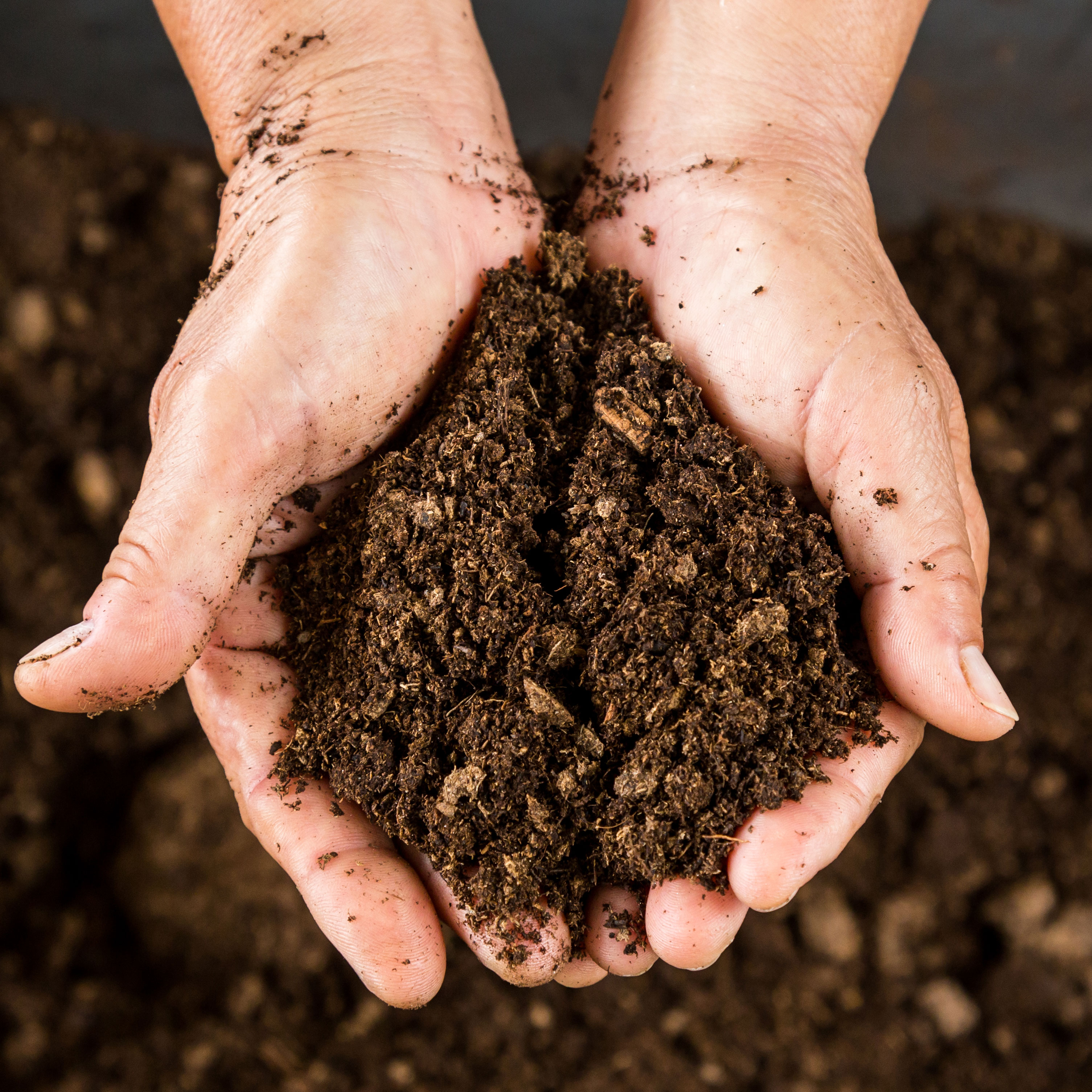
DIY Potting Mix Masterclass: Make Your Own Peat-Free Blends For Plants
Looking to make more of natural potting mix ingredients and boost your peat-free options? Our DIY potting mix masterclass can help you create potting mediums for different plants
By Mary Ellen Ellis
